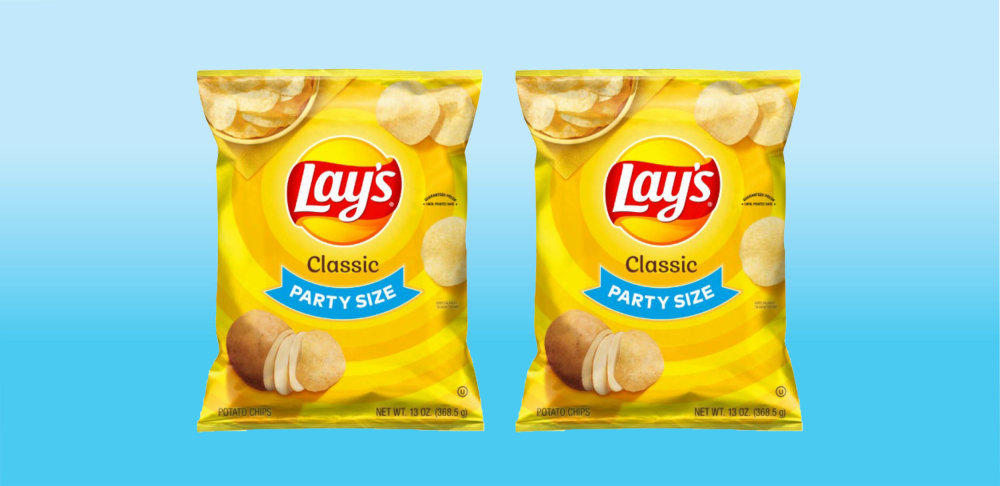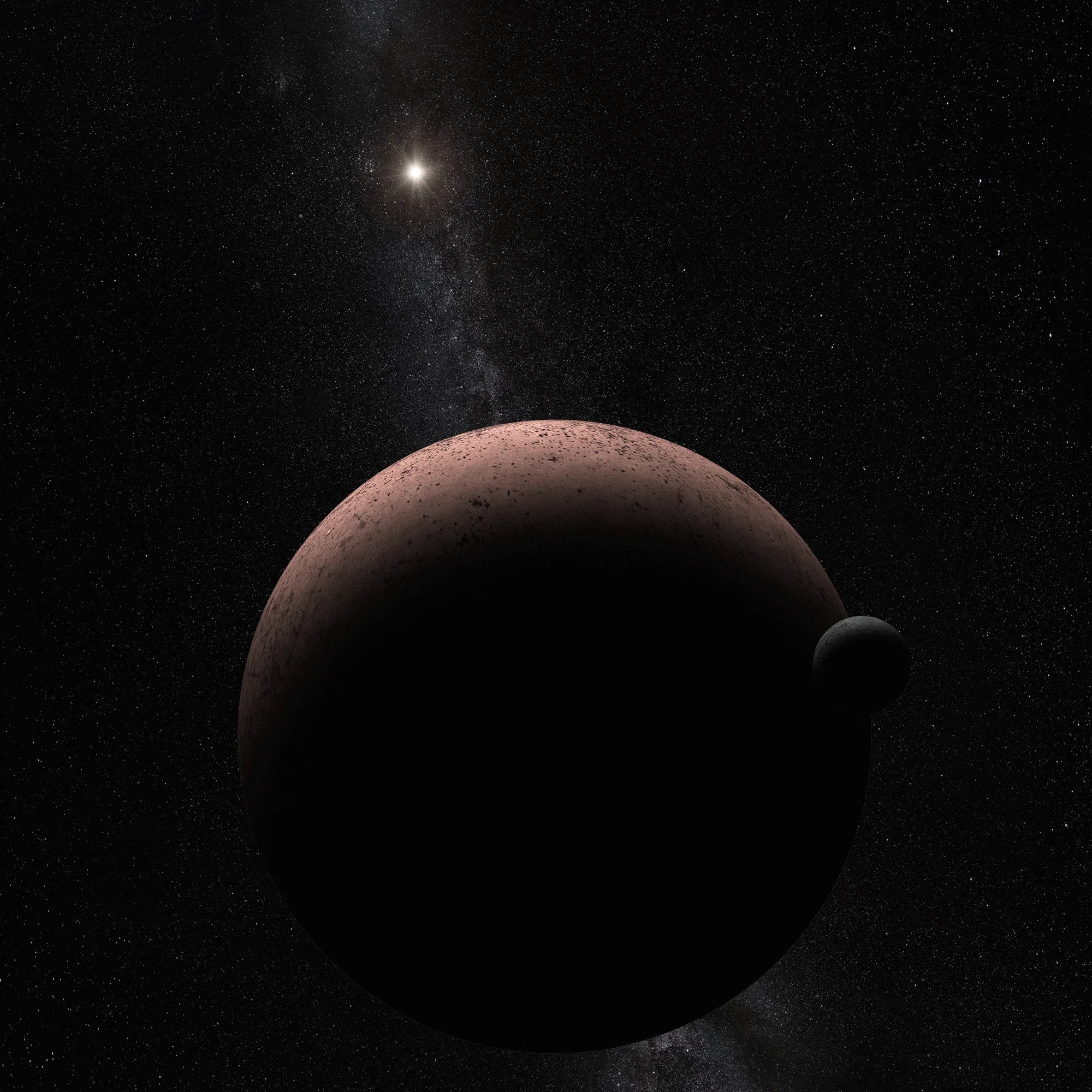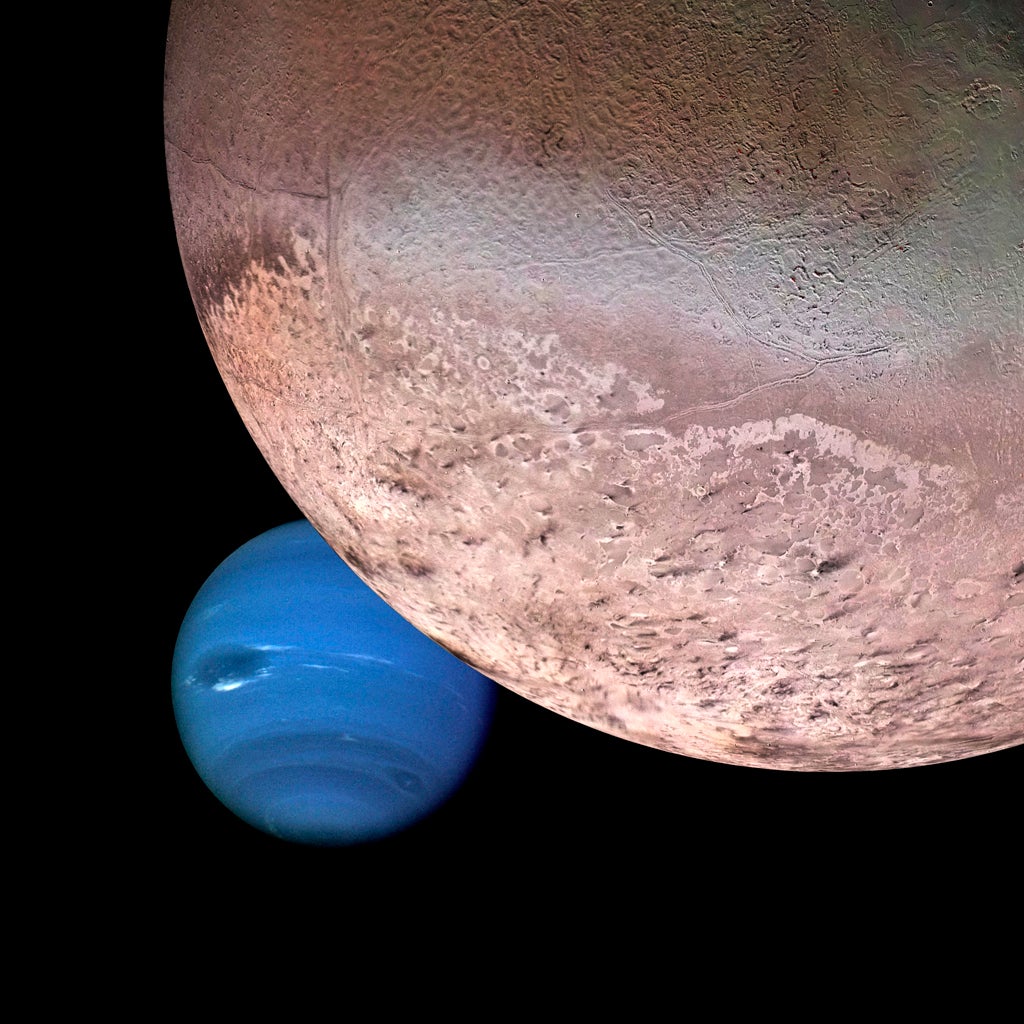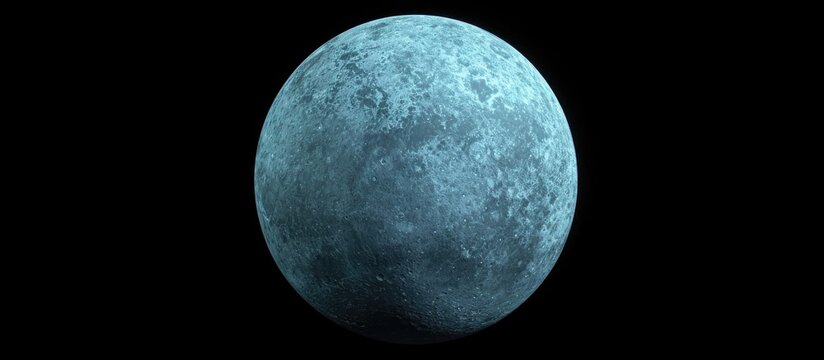Callisto: The Silent Guardian of the Jupiter
Callisto, Jupiter’s mysterious moon, stands as a silent guardian on the edge of the solar system. With its ancient, cratered surface and hidden subsurface ocean, this distant world holds secrets of cosmic history and the potential for extraterrestrial life.
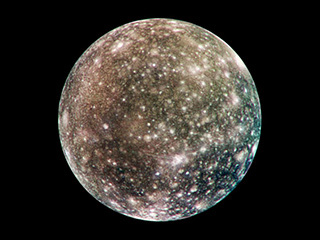
Discovery and Naming
In 1610, Italian astronomer Galileo Galilei discovered Callisto, one of Jupiter's four largest moons, now known as the Galilean satellites. Named after a figure in Greek mythology transformed into a bear by Zeus, Callisto stands out as a significant celestial body in our solar system.
Size and Distance
Callisto is the second-largest moon orbiting Jupiter and the third-largest in the solar system, with a diameter of approximately 3,000 miles (4,800 kilometers), making it nearly the size of the planet Mercury. It orbits Jupiter at a distance of about 1,170,000 miles (1,883,000 kilometers), which is roughly 26 times Jupiter's radius. This distant orbit places Callisto beyond Jupiter's main radiation belt, resulting in a relatively low radiation environment compared to its neighboring moons.
Surface Features
Callisto's surface is the most heavily cratered and ancient in the solar system, dating back about 4 billion years. The landscape is dominated by numerous impact craters of varying sizes and multi-ring structures, with bright white spots—believed to be ice deposits—contrasting against darker regions where the ice has eroded. Notable features include the Valhalla impact basin, a multi-ring structure spanning over 1,800 kilometers, formed by a massive impact event billions of years ago.
Composition and Internal Structure
Composed of a roughly equal mix of water ice and rocky material, Callisto has a density of about 1.83 grams per cubic centimeter. Spectroscopic studies have identified compounds such as water ice, carbon dioxide, silicates, and organic materials on its surface. Data from NASA's Galileo spacecraft suggest the possibility of a subsurface ocean existing beneath a 155-mile (250-kilometer) thick ice layer, potentially interacting with a rocky layer below. However, more recent research indicates this ocean may be located deeper than previously thought or might not exist at all.
Atmosphere
Callisto possesses an extremely thin atmosphere, known as an exosphere, primarily composed of carbon dioxide, with traces of molecular oxygen and hydrogen. This tenuous atmosphere was first detected by the Galileo spacecraft during its mission in the 1990s.
Potential for Life
The hypothesized subsurface ocean, coupled with the detection of molecular oxygen in the exosphere, raises intriguing possibilities about Callisto's potential to support life. If such an ocean exists and interacts with the rocky mantle, it could create conditions favorable for microbial life. However, the thick ice crust and lack of significant geological activity may pose challenges for habitability.
Exploration History
Callisto has been studied by several spacecraft, including NASA's Galileo, which provided detailed information about its surface and potential internal ocean. Other missions, such as Pioneer 10 and 11, Voyager 1 and 2, Cassini, and New Horizons, have also contributed to our understanding of this intriguing moon.
Conclusion
Callisto, with its ancient, heavily cratered surface and potential subsurface ocean, presents a unique subject of study in our solar system. Its relatively low radiation environment and intriguing geological features make it a compelling candidate for future exploration, possibly even as a base for human missions to the Jovian system. Understanding Callisto's composition, history, and potential for life continues to captivate scientists and space enthusiasts alike.
Click the blue button and check out for more details.
What's Your Reaction?







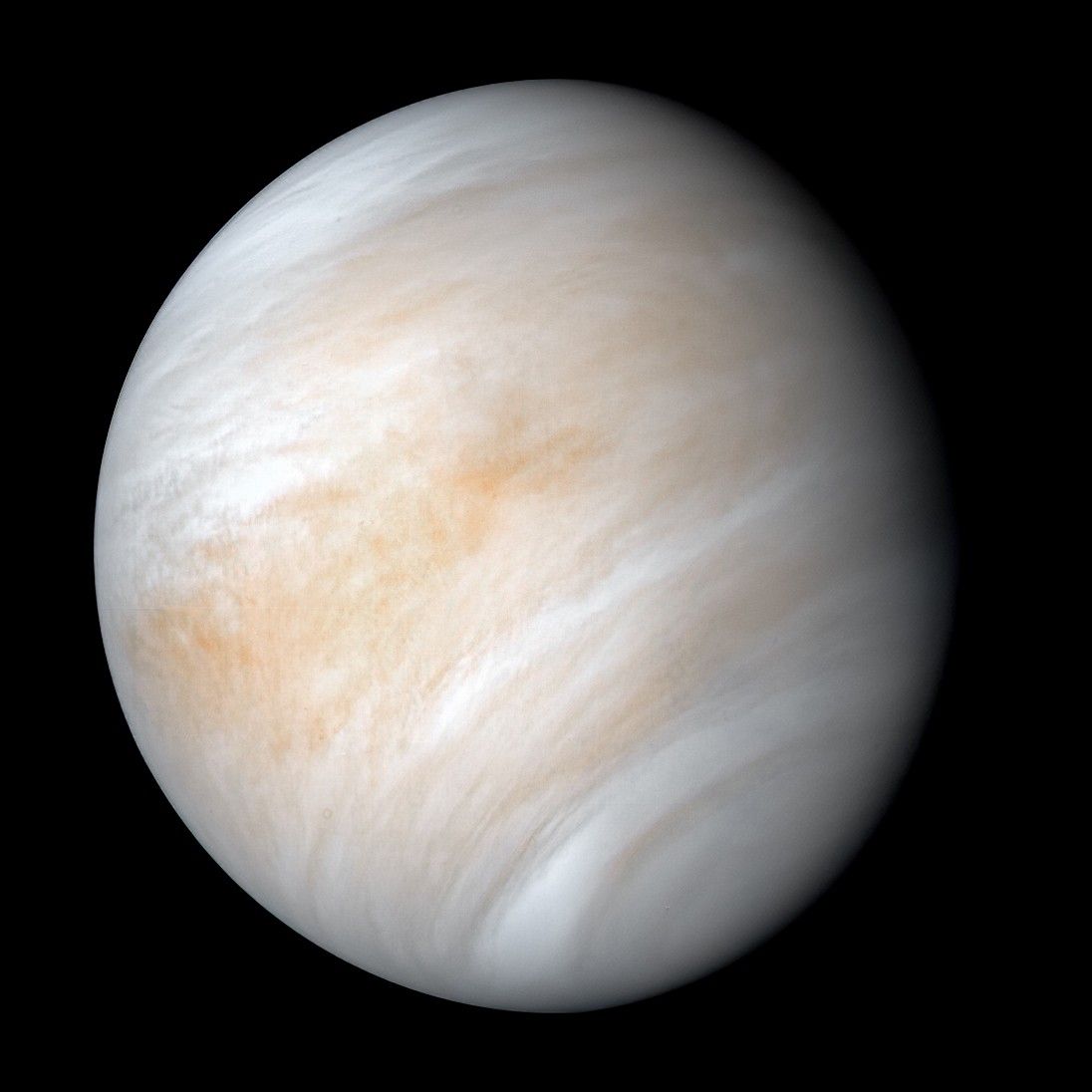

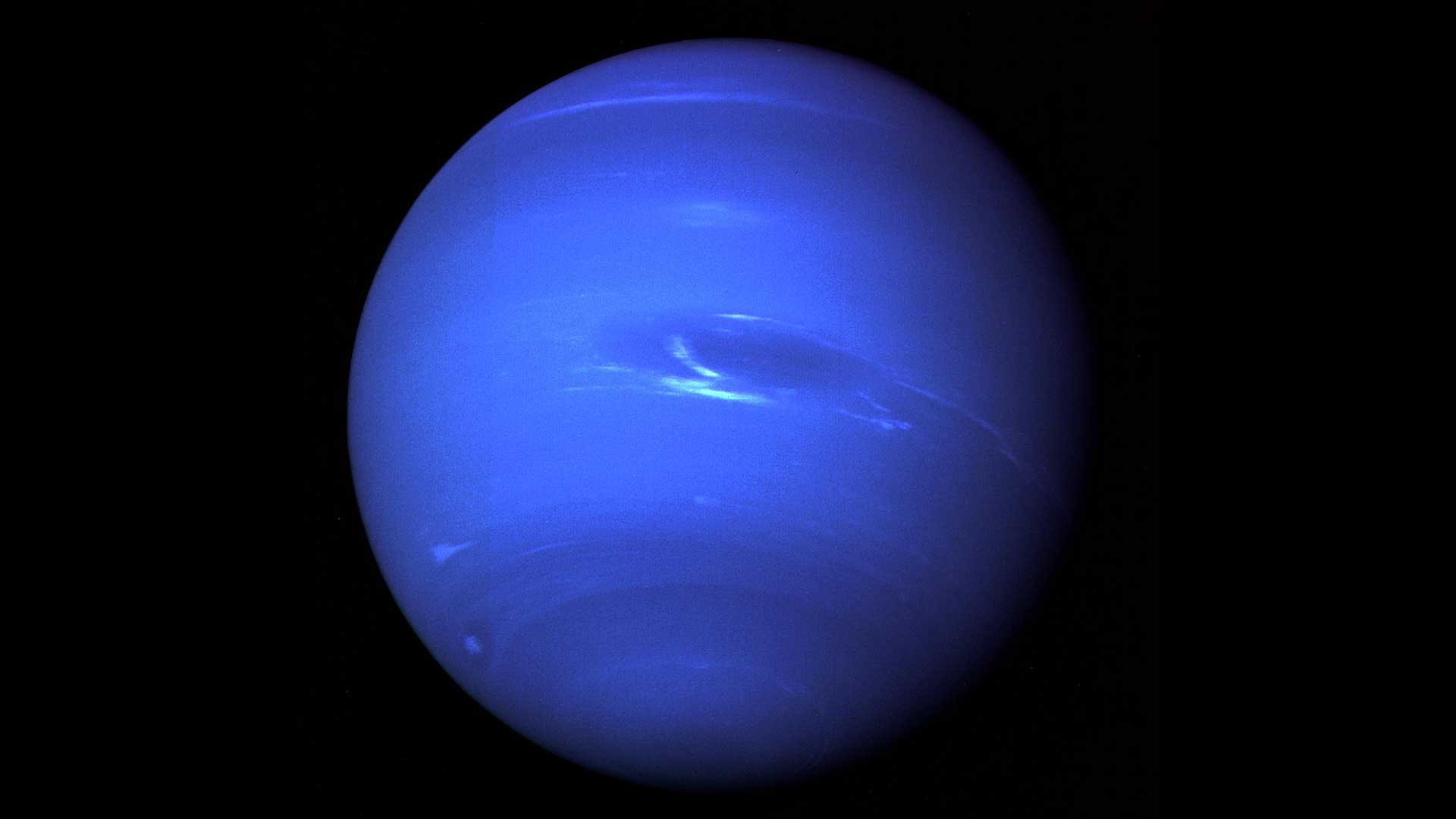


/https://tf-cmsv2-smithsonianmag-media.s3.amazonaws.com/filer_public/54/66/546650fa-26a4-40fd-8d6d-5a7a04540f81/rosetta2.png)
:max_bytes(150000):strip_icc():focal(999x0:1001x2)/robert-prevost-050825-1-39395418ab494da5a3a700c9478e66c8.jpg)


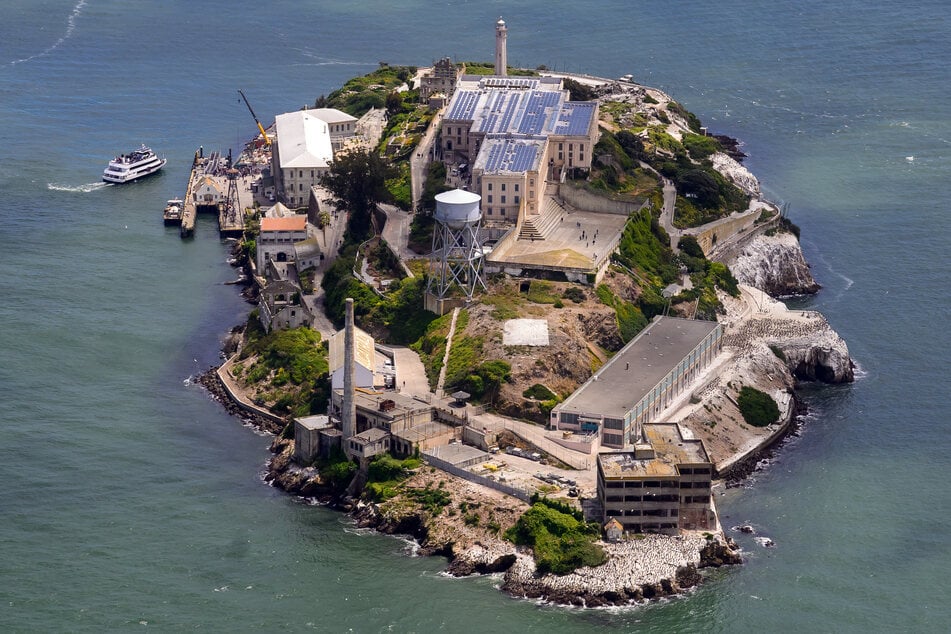























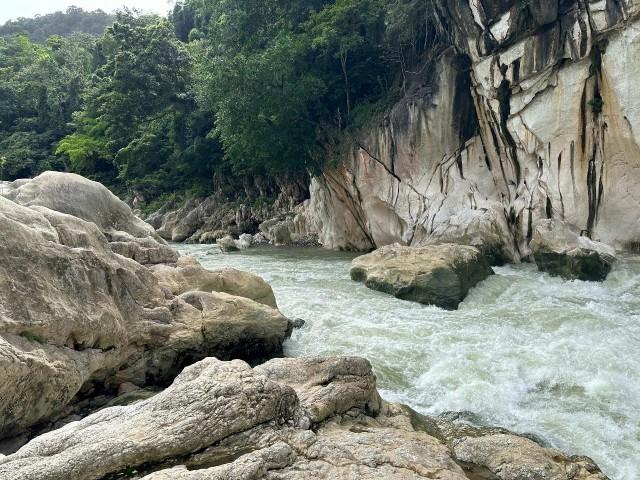















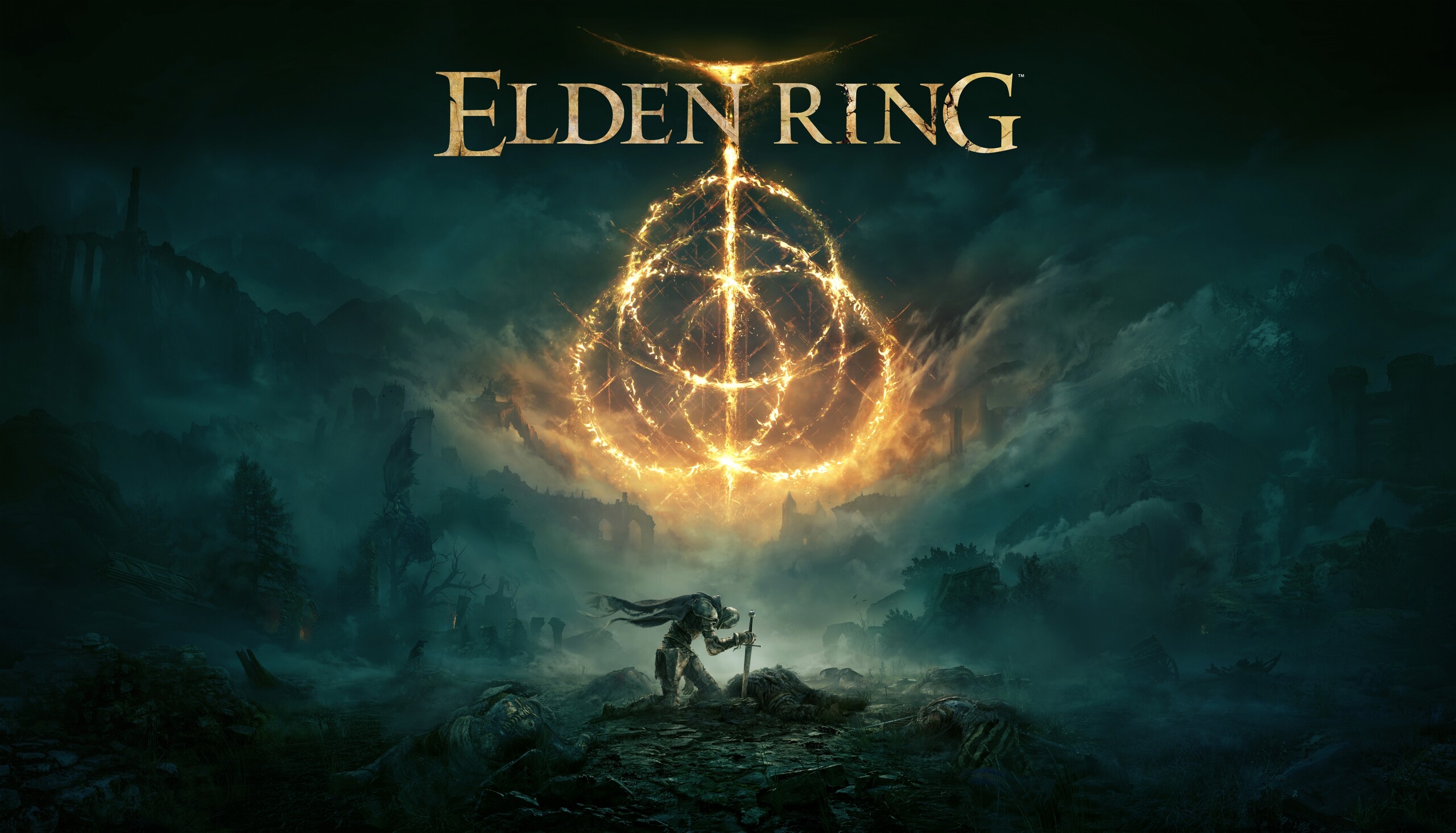




format(webp))
format(webp))













